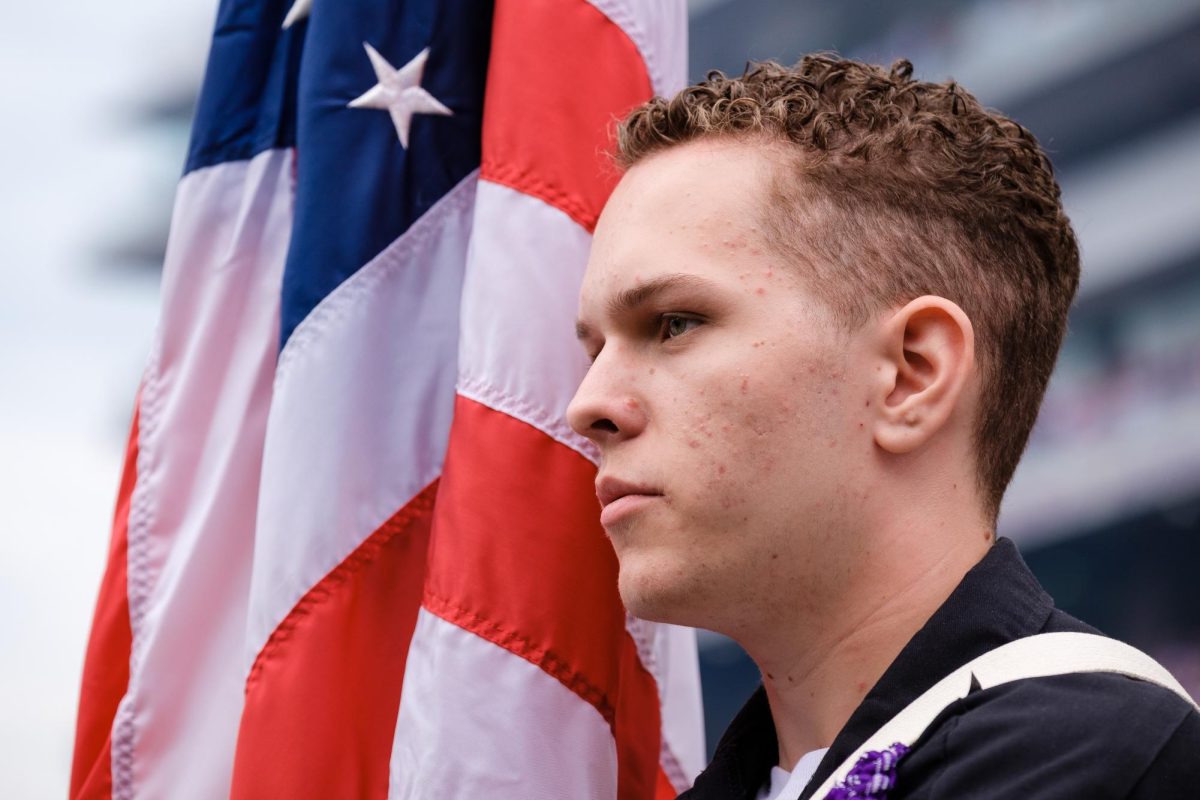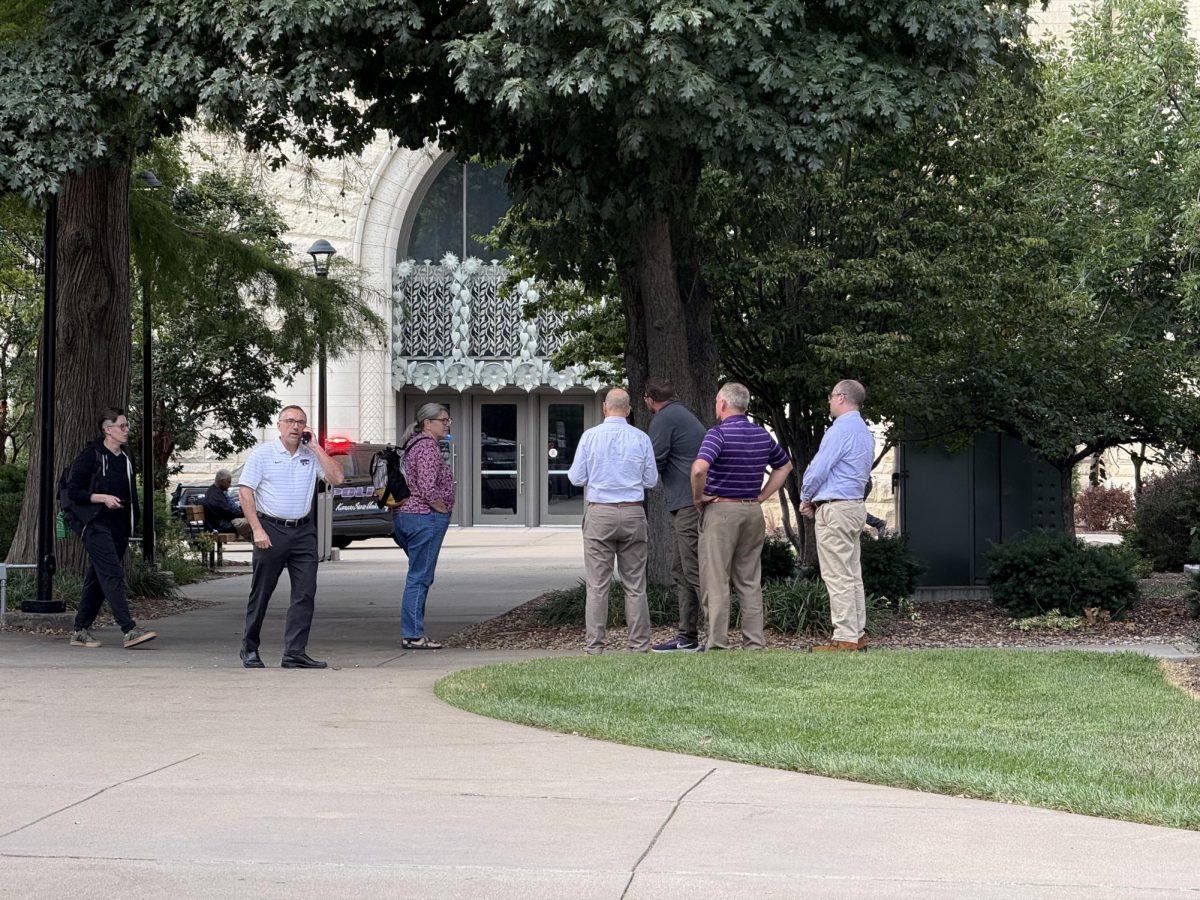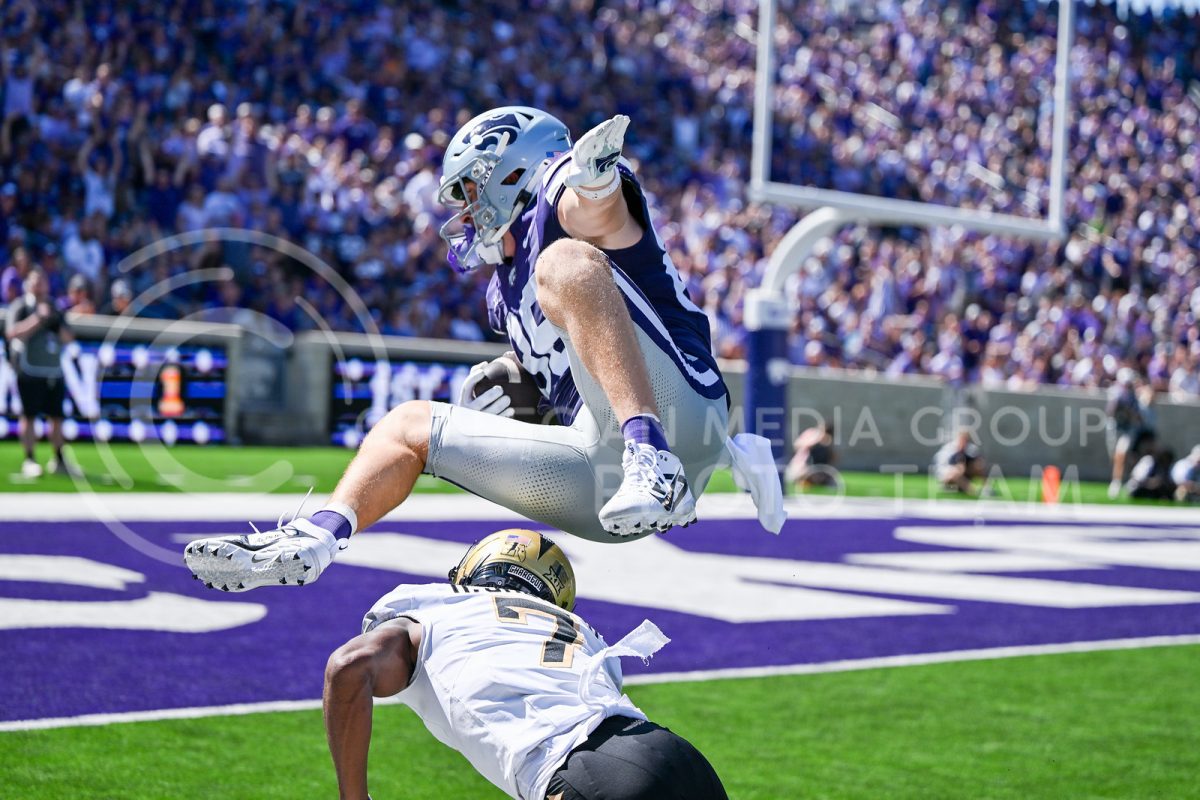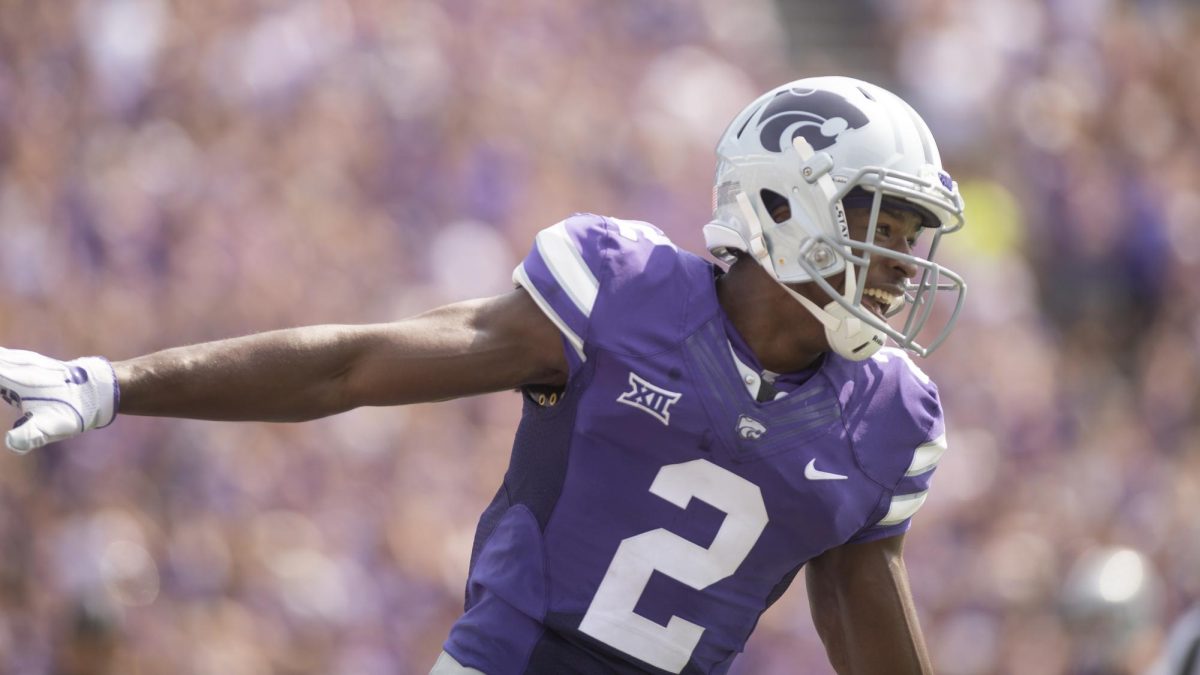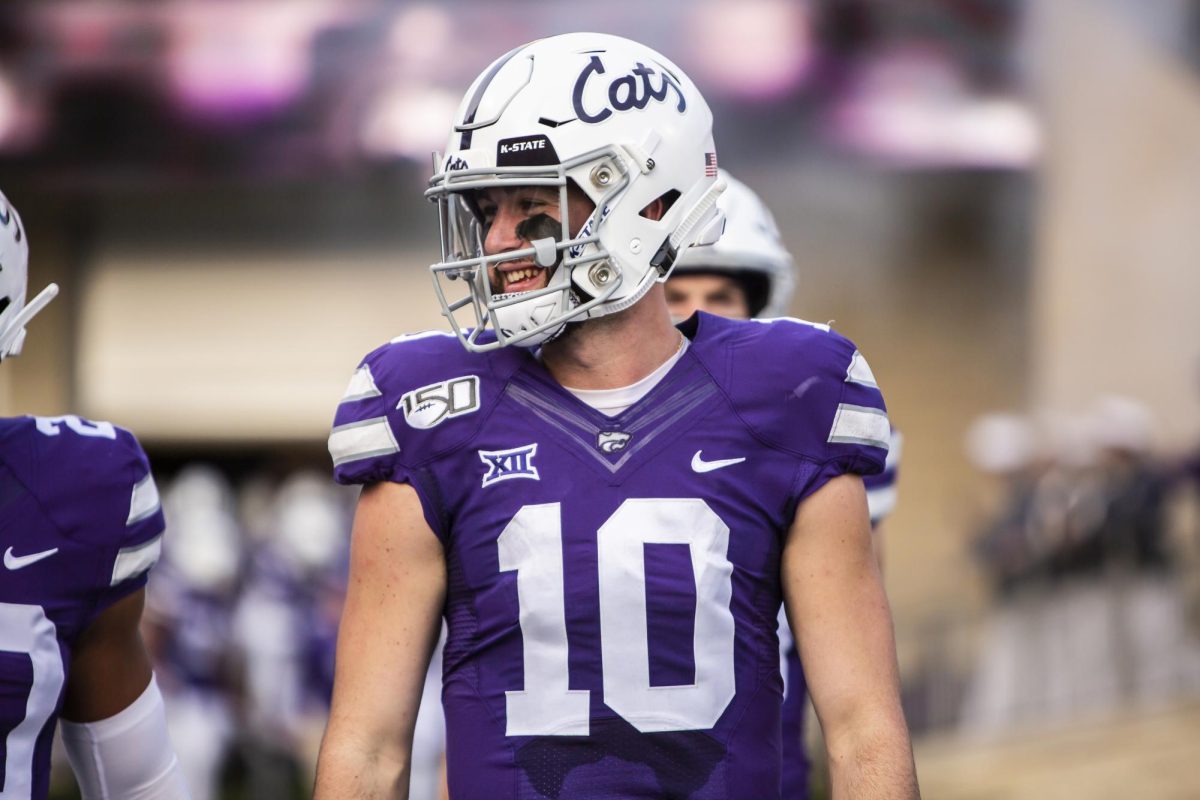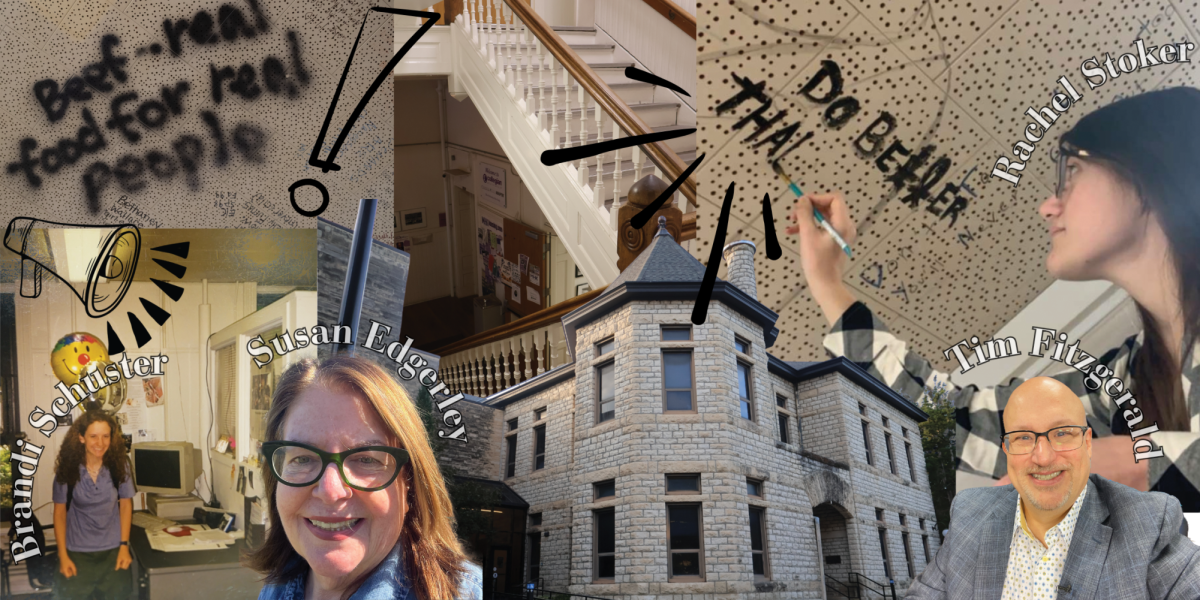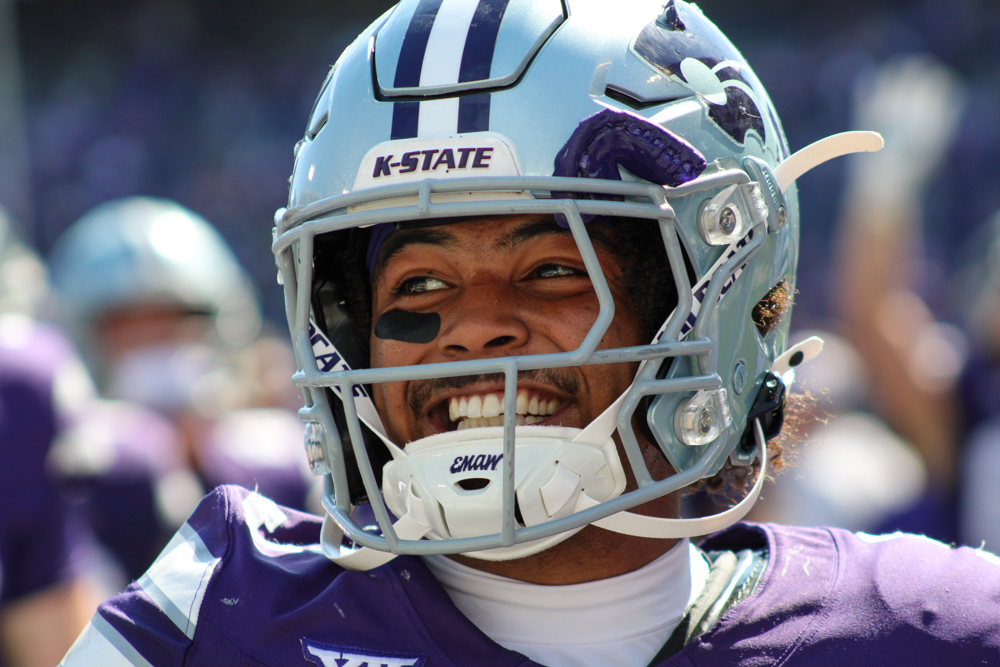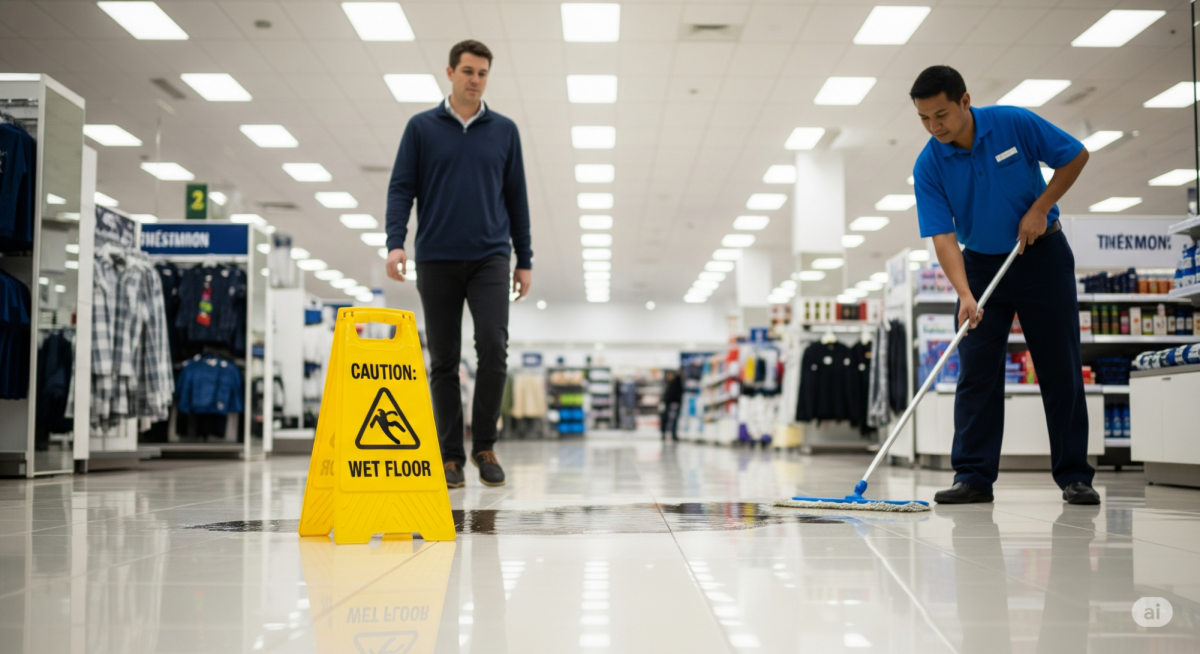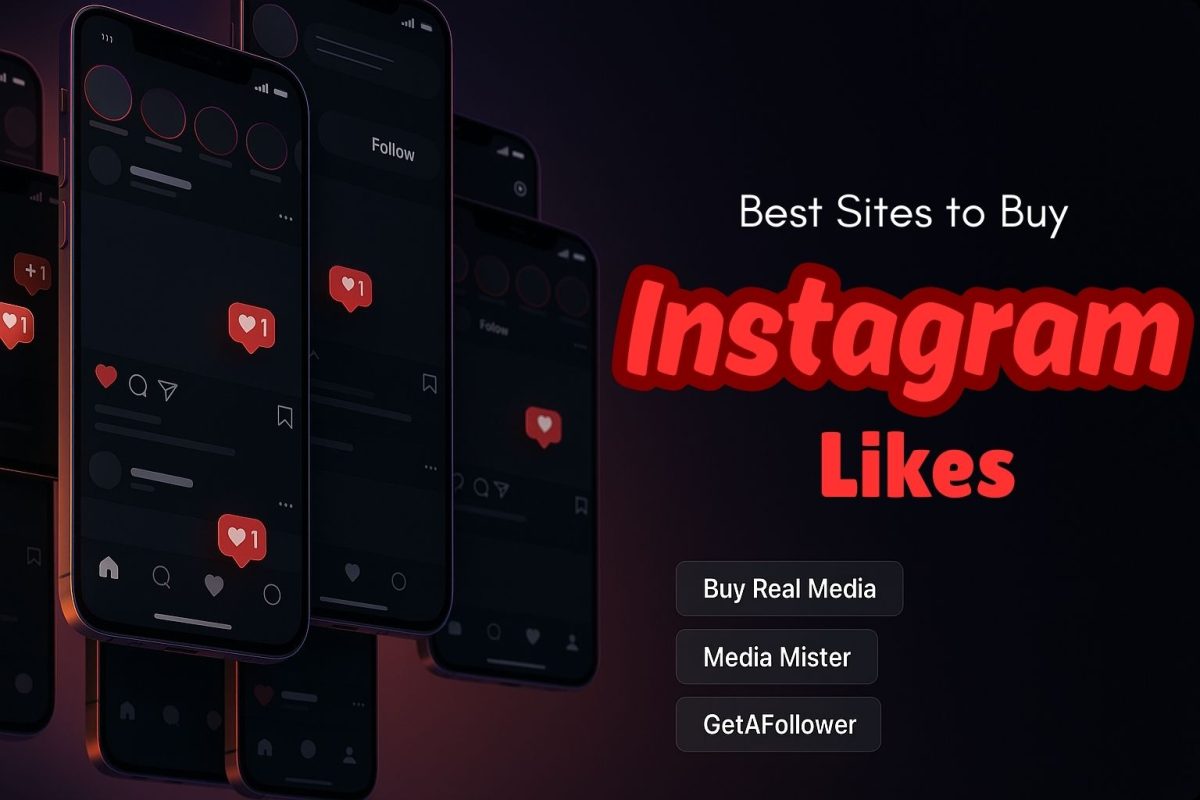Recent technologies have created a new revolution in the world of automobile engineering. One such remarkable innovation in this regard is the infusion of VR into car designing and testing procedures.
The future-revealed transformative technology will completely change the old car designing and testing methodology, allowing the automotive industry new chances for freedom, speed, and accuracy.
This article discusses the deep meaning of VR in the automotive industry and how VR is changing car conceptualization, development, and evaluation.
Definition of Virtual Reality (VR)
This refers to a virtual representation of a 3-D world in which one should experience. People can feel inside those virtual worlds through headsets, with no restrictions, as their actions would occur in the real world.
Initially oriented toward amusement and gaming, VR has encroached on several domains, such as healthcare, education, and architecture (automotive design/testing).
Computer-aided imaging enables the redesign of vehicles in virtual reality, significantly impacting the automotive industry. Iteration designs are made quicker, which also assists in finding out the best looks while being eye-appealing.
Virtual Reality in Car Design
VR era has changed how they design and produce cars from the designing to the manufacturing stage. Its application can be segmented into three primary areas:
Simulation Capabilities in Car Design
Here are the simulation capabilities in car design:
- Detailed design visualization: VR can bring a very close experience of a prominent model with all its behavior precisely as it is in reality. This ensures a sense of perfectionism, which considers correct proportions and ergonometric aspects.
- Iterative design processes: Virtual reality helps in quick prototyping that can be iterated and drastically reduces costs and time, which are usually associated with physical model development. Thus, designers can test various substitutes rapidly, observe their consequences, and choose a proper solution.
Team Work and Communication of DSTs.
The virtual reality platforms provide virtual access points, allowing designers to meet virtually in remote teams.
This also facilitated efficient user connection for instant communication and simultaneous design modifications.
It encourages quick decision-making and builds up on the teamwork. Moreover, it is an integrated approach to designing cars.
Customization and Customer Experience Enhancement
VR allows customers to explore personalized experiences with their cars in virtual surroundings.
Prospective customers will then be able to familiarize themselves with different models’ configurations, colors, features, and functions through interactive interfaces.
This involves customers in making informed purchase decisions and, as such, creates an intelligent sales process.
Virtual Reality in Car Testing
VR has transformed the procedure of testing cars, allowing tests on virtual roads to be performed, realistically providing conditions for safety evaluation that is essential, and finally resulting in the creative development of AV systems.
Representative Driving Scenarios
Safety Testing: VR leads to thorough safety evaluations without endangering anybody’s life.
Performance Analysis: It reflects other driving conditions to evaluate various vehicles and point out any weak spots.
Cost and Time Efficiency
VR is a cost-effective technique as it needs nothing like the prototype, shortens the process of the design-build cycle, and promotes rapid alteration in any model present in the virtual reality space (VRS).
VR provides complete testing of driver assistance systems and self-driving cars, improving algorithms and ensuring safety without endangering life.
Impact on Traditional Methods
Technological advancements like VR in product designing and testing have dramatically transformed this process. This innovation has triggered several notable impacts:
Physical Prototypes and Testing
It enables the modeling and simulation of artifacts at different virtual stages with no physical prototypes required. This approach cuts the cost of materials, time, and resources for developing several physical prototypes.
Nevertheless, numerous loops of iterations and testing with VR are achievable compared to other traditional ways, thus leading to speedy adjustments and revisions. It is also a way of reducing the time for design cycles and markets.
As we pass, VR shortens the design cycle and makes it accessible. For example, virtually creating prototypes allows designers to visualize, change, and test their products in development faster.
They work across boundaries and speed up decisions in real-time, leading to a shorter time to market.
Virtual Reality Car Design Testing and The Challenges/Limitations.
Although this tool has many benefits, VR applications in car design and testing encounter drawbacks and constraints. Although VR simulations can seem almost tangible, the virtual reality world is probably different from actual life.
For example, in some cases, evaluations such as product textures, lighting, and physics simulation may not suffice, while visualization renders fully replicate some features of cars and assess their performance.
Future Prospects and Challenges
Design optimization based on AI/VR enables quick prototypes and creativity inspiration. Some ethical concerns like privacy and bias are also brought in by the process that alters the personalized user’s interface.
To grow, they need to be well-nourished with ethics and morals in a controlled environment. Moreover, VR also changes how car sellers communicate with customers.
In addition to the test drives, the virtual showrooms give potential consumers a chance to experience and try different models with specified customization for efficiency, thereby improving customer satisfaction.
Conclusion
Cars are designed and tested using VR, transforming their operations and reducing expenditure towards better visualizations.
Despite these efforts to improve safety assessment, problems still arise in replicating real-life scenarios. While AI integration helps with rapid prototyping, it raises moral controversies.
Nevertheless, it possesses a fantastic grip over VR technology for road applications. For further insights into these advancements and to explore a range of vehicles, including vintage, antiques, classics, and more, consult a car specialist at https://dyler.com.





